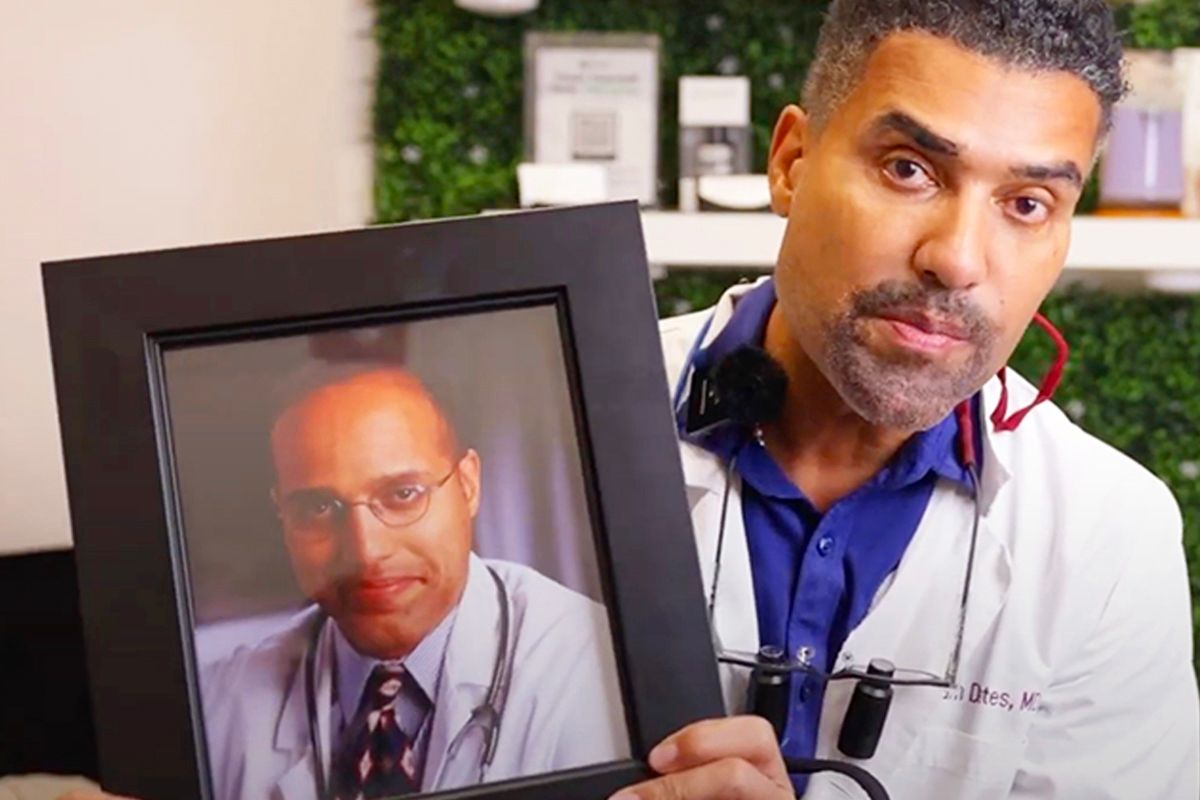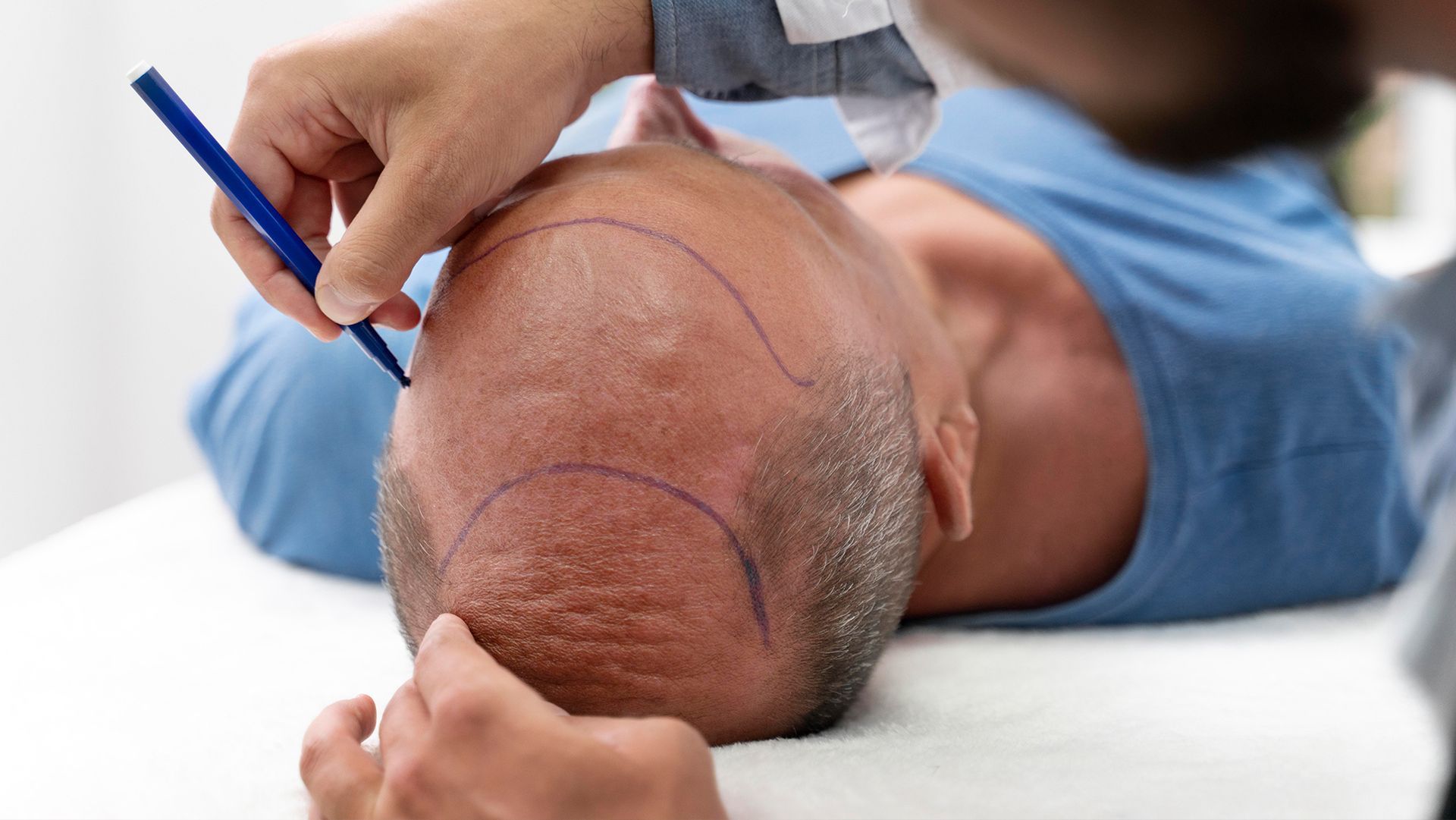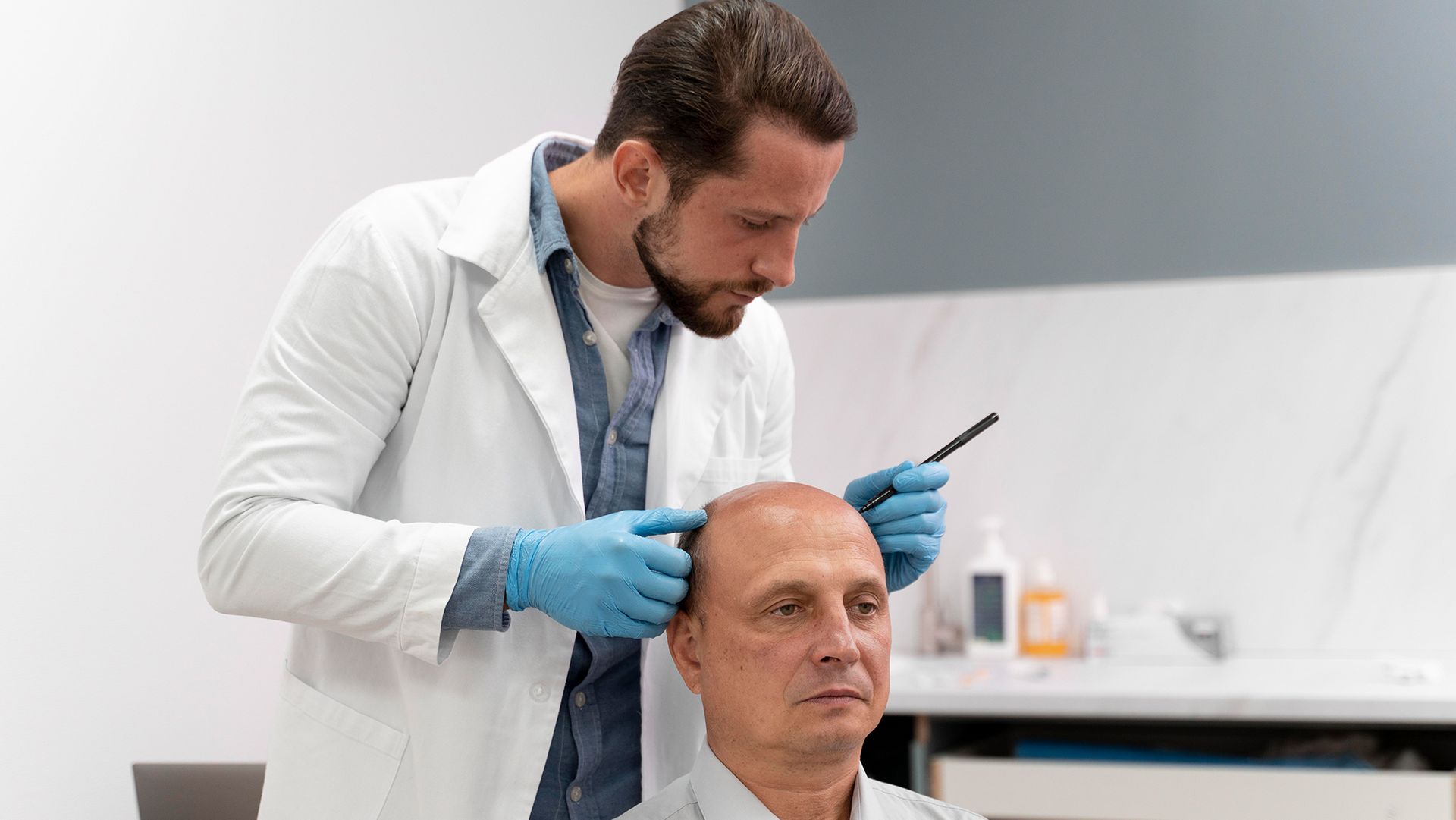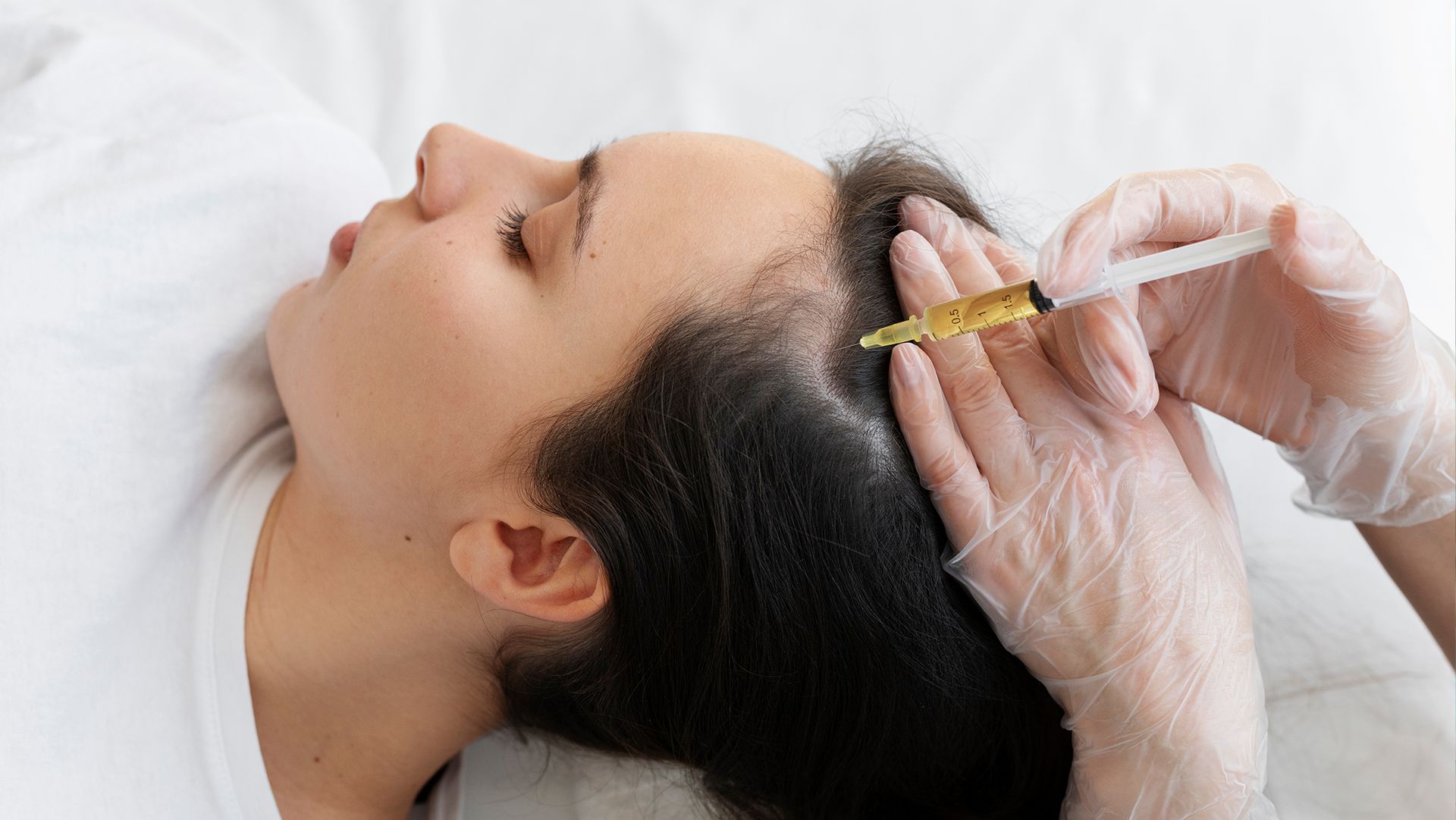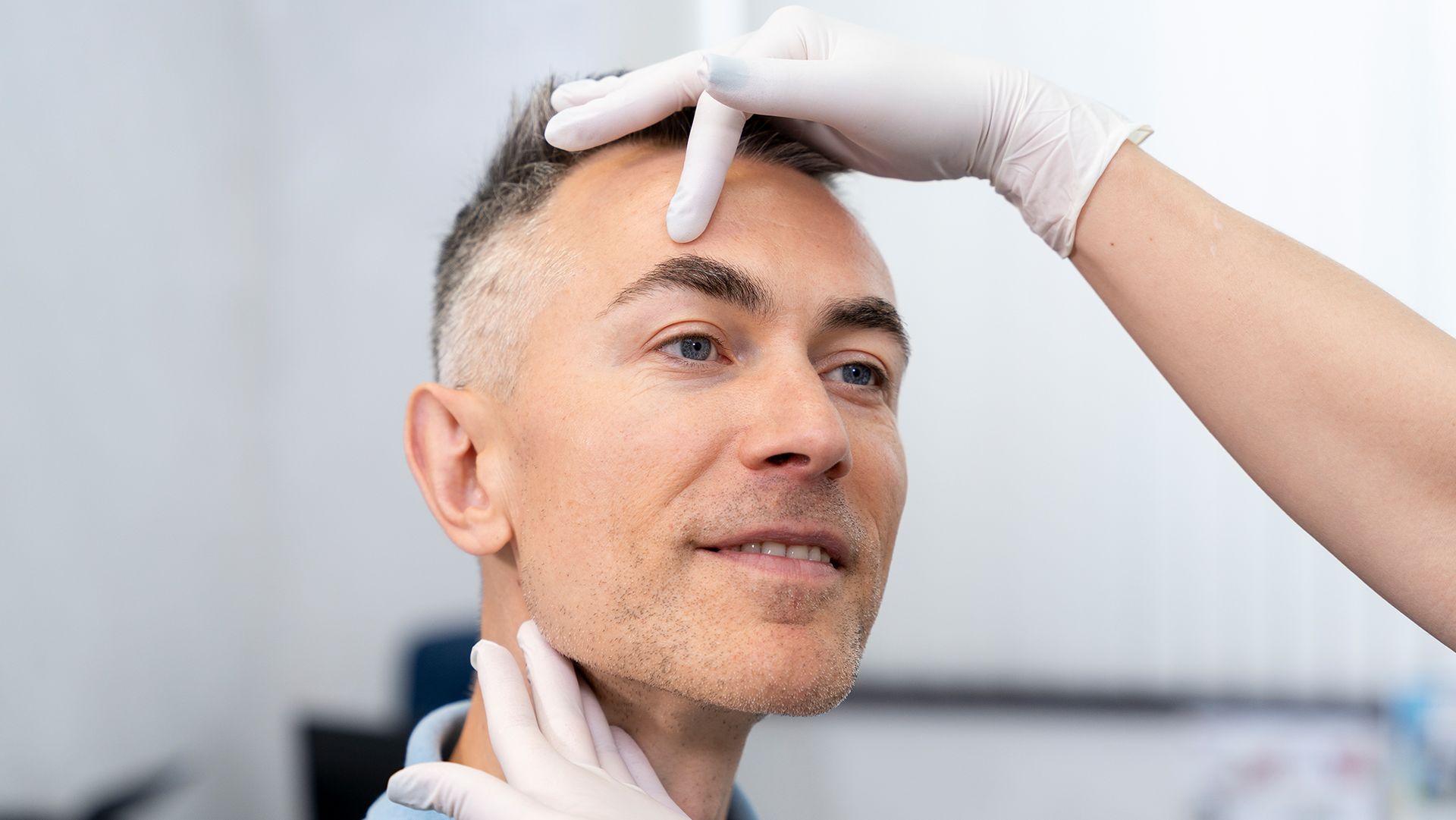Common Habits That Cause Hair Loss and Long-Term Solutions

Hair loss can catch you at any time in your life for different reasons. In fact, evidence shows that it affects about
80% of men and 50% of women.
Although the reasons may vary, one of the common causes is how you handle your hair. But you might wonder, which of those could lead to hair loss?
Keep reading as we delve into common habits that cause hair loss and identify long-term solutions you can consider to reduce the impact.
Typical Hair Habits That Cause Hair Loss
Most people tend to think about hair loss as a side effect or a result of different conditions. While it’s true, it can also be due to something as simple as handling.
Hair loss that occurs due to similar reasons is called traction alopecia. It primarily describes the condition if it’s caused by too much pulling, but there are other ways it can potentially happen.
Some of the habits that can lead to this include the following:
Using the Wrong Hair Products
One thing many people overlook when it comes to hair loss is the products that they use. It’s important to make sure you’re using products and tools that help you maintain your hair’s health, from the ingredients to the process.
Note that everyone’s hair is different, so there might be specific treatments you should follow according to your type. Even so, you can also look into products that are good for general use.
Keep in mind that this goes beyond shampoos and conditioners. It also includes hair oils, supplements, and even actual tools, like hair irons and more.
Putting Too Much Friction
When you put too much friction on your hair, it doesn’t only weaken your hair follicles. Doing so can also damage your hair overall, giving them even more reason to fall off.
One of the common ways this happens is when you dry your hair with a towel by rubbing it together. Although it helps, overdoing it can lead to harming your hair’s health.
The same applies to brushing your hair too hard, especially when it’s wet. Hair follicles usually have a lighter grip when wet. So, you want to be extra careful when handling them until they dry.
Applying Heat Without Protection
If you’re the type of person who uses an iron often, you might want to evaluate the habit. Some people prefer reducing the frequency of using heat on your hair to avoid damage.
But aside from this, it’s important to apply a heat protectant. Without this, your hair will likely become damaged faster and potentially weaken over time.
You can also look into other ways to style your hair without needing to use heat. Either way, it takes you back to the first habit, which is to use the right products at all times.
Using Different Chemicals
The ingredients of the products you use play a crucial role in maintaining your hair’s health. But even with friendlier ingredients, some chemicals are better to avoid instead.
An example of this is bleach and hair dye. They contain chemicals that change the properties of your hair to achieve desired results. But, it’s at the cost of making your hair weaker than it originally was.
When applying such chemicals, it’s important to follow proper aftercare to ensure your hair stays healthy and doesn’t become so damaged that it starts to fall off or feel brittle.
Tying Hair Too Tight
Even when you don’t apply too much to your hair, you can still experience hair loss from force and friction alone. So, it includes the way you put your hair up, especially when you tie it too tight.
The more you tug at your hair, the more your hair follicles loosen. Because of this, you might notice an increase in hair loss as time goes by.
The best way to avoid this is by changing the habit of tying your hair too tight. Moreover, you want to consider other ways to style and tie it without the use of too much force.
Long-Term Solutions to Hair Loss Concerns
The moment you change these habits, you can expect improvement in hair loss almost instantly. However, there are cases where the impacts stay longer than you expect. If so, you may want to consider long-term solutions.
The following are some of the most popular options you can try:
Hair Transplant
If you’re looking for permanent results, a hair transplant is usually the top recommendation. It’s because it focuses on planting new hair follicles on your scalp, triggering the growth process to somewhat restart.
Note that a hair transplant is a surgical procedure. So, there are a few pros and cons to consider before you proceed with the treatment.
Moreover, this solution is popular among people who experience severe cases. To be sure if it’s the right one for you, it helps to find out where you stand on the
Norwood Scale for hair loss.
Non-invasive Treatments
If cosmetic surgery still feels like a lot for you, non-invasive treatments are a great alternative that give results that are just as instant. However, these may require you to get multiple sessions for consistency.
A few examples of non-invasive treatments include laser therapy or micropigmentation. With all the options available, it’s best to consult a professional to help you decide on the best choice according to your condition.
Medication
You can get medication made specifically for hair loss if you want to avoid touching your hair and scalp. Although the effects aren’t instant, they’re a good way to make sure your hair maintains growth and improves strength as time passes.
But before you take these, many recommend getting advice from your doctor to ensure it won’t cause further damage later.
Address Habits That Cause Hair Loss for Better Outcomes
Most people have habits that cause hair loss that they usually overlook. Surprisingly, they are more common to you than you probably think!
A change of habits is a great way to address these concerns. But if you’re dealing with severe or chronic hair loss because of them, it’s best to consider long-term solutions instead. This way, you only have to pay attention to maintaining it after treatment.
